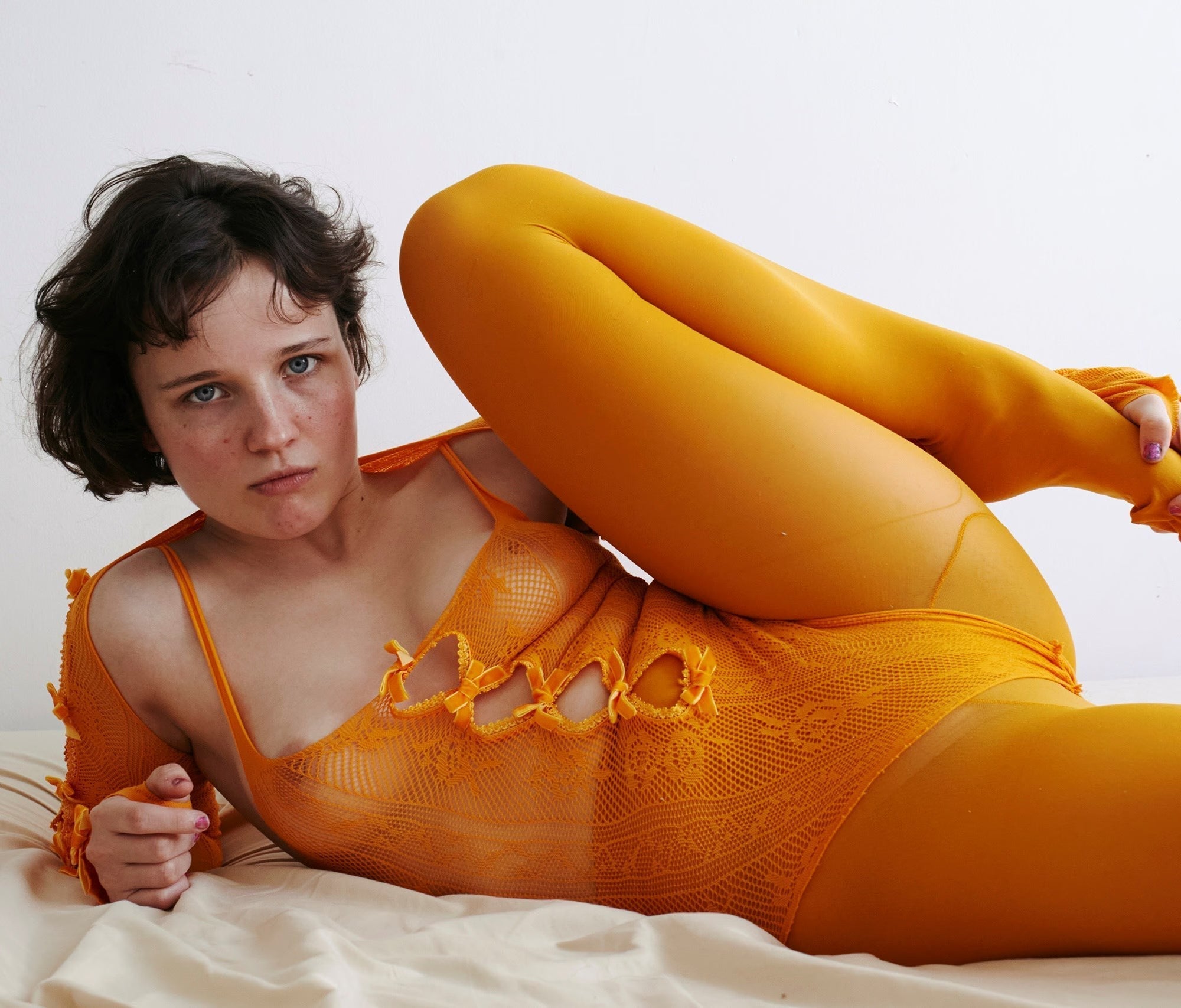
Photography by Guen Fiore
Author
Holly Connolly
Published
July 14, 2025
In 2018, the Italian photographer Guen Fiore, who is now based in Paris, began taking photographs of young women. Typically, she found her subjects through their own Instagram accounts; drawn by the way they had chosen to curate and present their identities online, and by a certain intangible energy. Over the years, what began as a loose, instinctive project for Fiore evolved into a considered series of portraits. Together, her images are a study of growing up, both in terms of Fiore’s chosen subjects, who were often on the cusp of adulthood, and in the sense that they document her own evolution as a photographer.
“These portraits became a personal journey, an exploration of themes like femininity, sexuality, and self-discovery, all in a very unplanned way,” says Fiore. “They also reflect the way I learnt to photograph. It was both a personal process and a learning experience that shaped me as a photographer, as some of the images featured were literally the first photos I ever took.”
Now the publication of Echo sees a curated selection of Fiore’s photographs from the past seven years brought together. Here she discusses how she learnt to photograph, why some of her images are collaborations, and having a kinship with her subjects.
I read that you are a self-taught photographer, having started taking photographs while studying industrial engineering. How did you learn to be a photographer, and what guided you in the beginning?
I learnt to be a photographer by taking pictures. I began by photographing my sisters and friends, and my approach has always been ‘make the most of what you have’. In the beginning, I drew a lot of inspiration from movies, especially the world of Sofia Coppola. I was obsessed with The Virgin Suicides as a kid, I didn’t know who directed it then, but something about that film resonated deeply with me and stayed with me for quite a long time.
Growing up with two sisters and surrounded by a lot of female friends, I think my perspective naturally developed a strong feminine sensitivity. Only later I discovered a passion for photography. Nan Goldin was a huge influence, as well as Annie Leibovitz; particularly her early work with Rolling Stone Magazine.
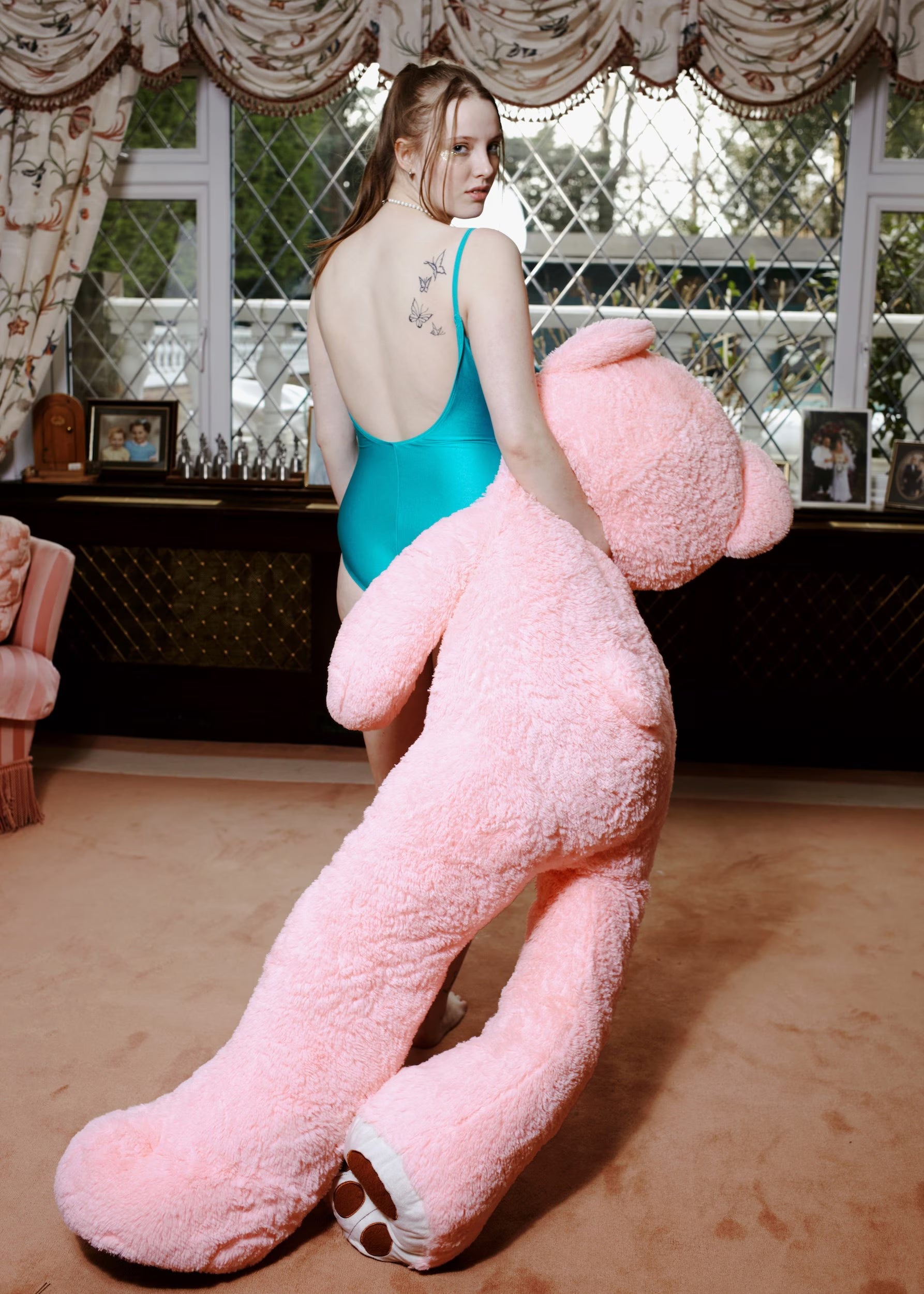
Photography by Guen Fiore
I was just following my intuition
You began taking the images that feature in Echo in 2018. How do you think your practice evolved over that time? How was it to compile the earlier images?
When I started taking these portraits, I never imagined they would one day become a book. I was just following my intuition, doing what felt natural. I didn’t overthink it, I simply chose who I wanted to photograph and went for it. Only when I stopped and looked back did everything start making sense – I could finally connect the dots and understand what me and these girls had built together.
My practice has evolved a lot since that first portrait in 2018. The growth has been both technical and personal. At the beginning, it was always just me and the subject, working with natural light. Fashion wasn’t part of my work, it actually felt like a distraction. Over time, I became more interested in how to incorporate fashion into my images, and I began collaborating with stylists, and hair and makeup artists. That added a whole new layer to the pictures. My team grew, I moved into studios, and I started experimenting with different lighting setups. It opened up new creative possibilities, though things naturally became less spontaneous.
On a more personal level, I’ve noticed that the way I relate to certain topics shifts as time passes. Sometimes, when you’ve fully explored a subject, you naturally feel ready to move on, or maybe you just don’t connect with it in the same way anymore. Some time ago, I felt a need to move forward and grow beyond those early images. But, to answer your question, looking back at them reminds me of the purest essence of why I started taking photos in the first place. These are moments I probably won’t be able to recreate, especially not with the same girls. We’ve all changed, and we’re in different places now. While I hope we’ll keep making images together, it will never be quite the same, and we’ll explore something different.
Maybe that’s what gives these photos their meaning: They hold something universal, something we can all relate to. The echo of a moment. The further we get from that time, the more that echo shifts. What once felt loud might become quiet, but it never really disappears. It stays with us, shaping who we are now.
It was a sort of therapy for me
Was it difficult to ‘let go’ of a project that’s gone on for so long, by publishing the book?
I don’t think I’ll ever fully let go of this project. As I’ve said before, it really is the core of what I do, so, in many ways, I see it as a never-ending, ongoing journey. Whatever inspired me in these portraits continues to inspire me now, and I know it will in the future. It’s the place I return to whenever I feel lost in my work.
I’ve always been someone who values deep connections with my subjects. I love photographing the same person over and over again. So I’m curious to see what me and some of these girls can keep creating together.
At the same time, I think the way we relate to certain stages of life naturally shifts with time. What made this project so special was how close I felt to the experiences of the girls I was photographing. It was a sort of therapy for me. There was an emotional proximity as their stories mirrored mine; I was living something similar. If I had to start this project today, I know it wouldn’t feel the same. In that sense, I think I’ve had to let go of it as it was. But I also believe there’s still more to come. Maybe not in the same form, but I think we’ll carry it forward, in new ways, into the future.
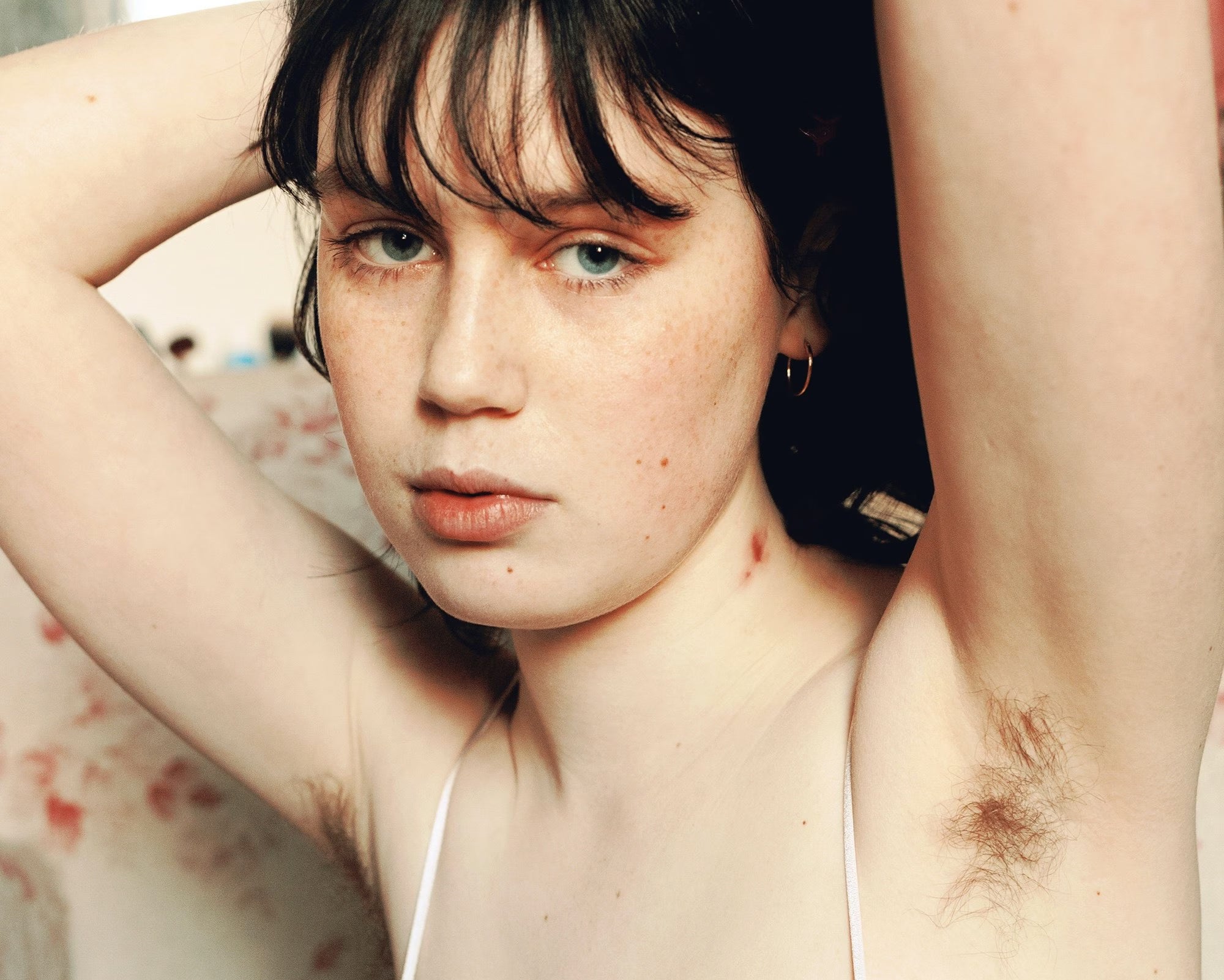
Photography by Guen Fiore
I’m especially drawn to how a girl sees herself
Most of the girls that feature in Echo you found online, through their own Instagram profiles. How do you think finding subjects in this way is different to, say, street casting?
What I like about finding girls on Instagram is that it gives me a glimpse into how they express themselves, and how they want to be seen. That’s how I know if something about their energy speaks to me. Street casting is great, and you get a sense of how someone might inspire you, but I’m especially drawn to how a girl sees herself.
I’ve met girls who, in real life, come across as introverted or shy, but then in photos they completely transform. They become something else. It’s beautiful to witness that shift. I think you can predict it sometimes, if you have a closer look at the way they express themselves, when no one else is looking.
There’s something really powerful about seeing yourself in a way that only comes out in private, something you might not be able to express publicly because of insecurity or fear. I’m drawn to that complexity, to the duality between who we are when we're seen by others and who we are when we feel completely safe. It’s also something I deeply relate to.
What qualities do you look for in your subjects? What draws you to want to photograph somebody?
It’s a very instinctive process. I never really think about specific features or qualities a subject needs to have, or what exactly inspires me. It’s more of a feeling. People have told me that some of the girls I photograph remind them of me, or that many of these girls look alike in some way. Someone once said that after meeting me, they finally understood my work better.
I believe that even in choosing who to photograph, there’s something instinctive at play, a kind of mirroring. It could be in the way they look, the way they carry themselves, or certain parts of their personality. I can’t quite explain what it is, but in each girl I’ve chosen to photograph, there’s something that resonates with me.
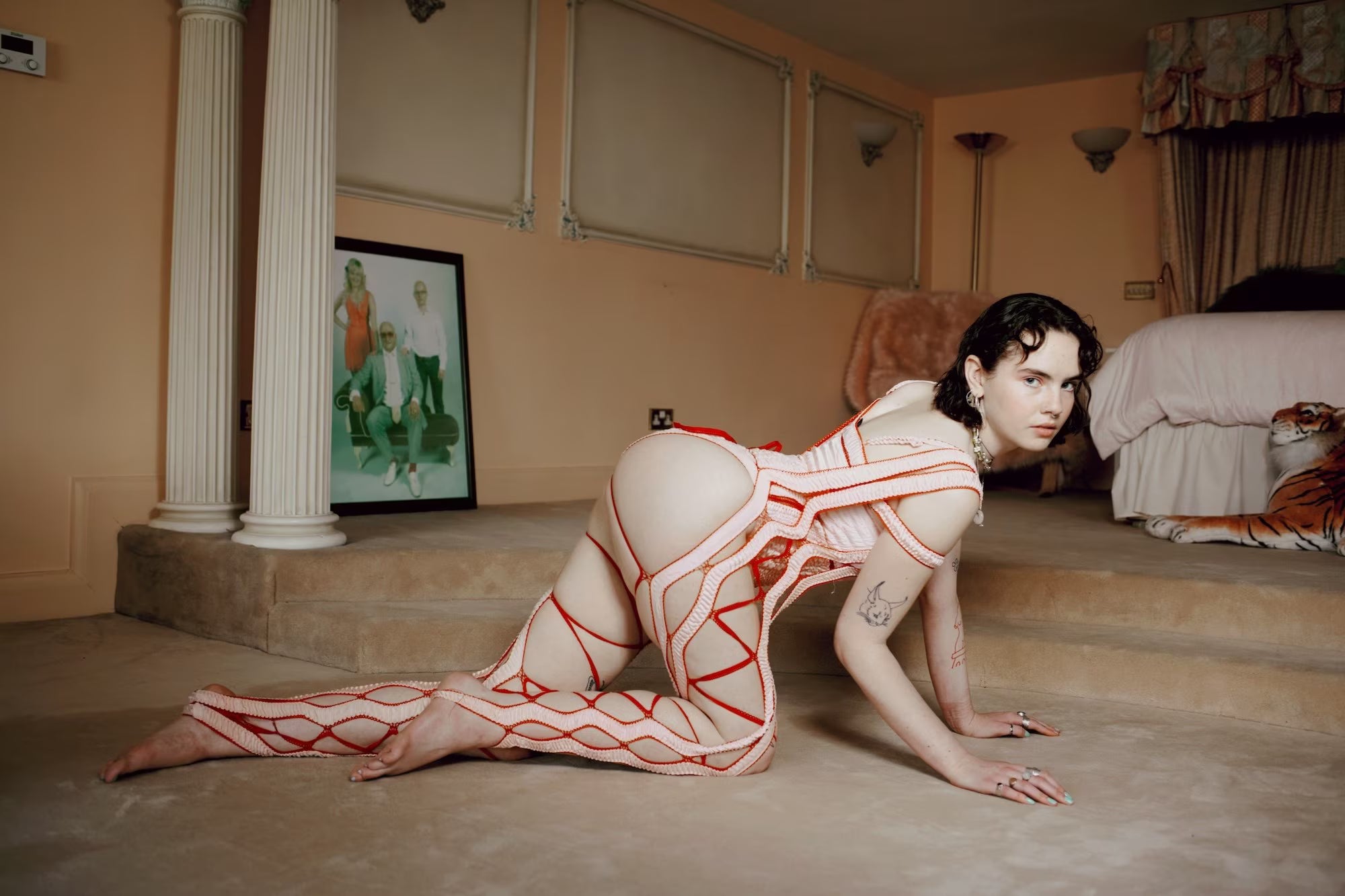
Photography by Guen Fiore
There are certain people I’m always drawn back to
Do you consider your images to be collaborations with your subjects?
Absolutely. For example, when I first started taking pictures in London, I photographed Charlotte a lot, she’s also featured in the book. For a long time, I felt like my work made the most sense when she was in it. There was something about her image and the natural, effortless collaboration between us that felt deeply connected to my photography.
I enjoy exploring different subjects, but there are certain people I’m always drawn back to. Photographing them feels like a fully collaborative act; something we create together, rather just something I am capturing.
For the book, you shot some of your subjects several times over a period of time. Particularly with young girls who are turning into adults, by doing this you are able to capture a lot of change and the discovery of identity. How did you find photographing subjects over a duration like this?
I’ve only photographed a few of the girls in the book multiple times, and that usually happens quite naturally, when a personal or creative connection forms. It’s always amazing to witness their evolution, not just in terms of growing up, but in how they change, what shapes them, and how they eventually gain confidence in themselves. That’s actually been another thing that helped me understand how, for example, sexual freedom can have a huge impact on the way girls perceive themselves, and the power they come to realise they have.
Why did you want to make a book of the images, as opposed to say, an exhibition or otherwise?
I felt that turning this project into a book just made sense. I liked the idea of bringing all these images together in a form that could last. It was something I had been thinking about for a while. Then, when [the art director and editor] Patrick Remy reached out and said, "I have an idea for your book," everything started to fall into place.
What are you working on next? Is it difficult to follow a project like this?
Yes, it’s a bit difficult for me. Lately, I’ve been focused mostly on work and fashion projects, and this book has brought me back to how I used to create, and what truly mattered to me. It made me realise that I want to return to that way of working: exploring personal ideas, not being too controlled by too many external elements. I want to focus again on creating something for my heart. Maybe this time, I’ll explore that through video as well.
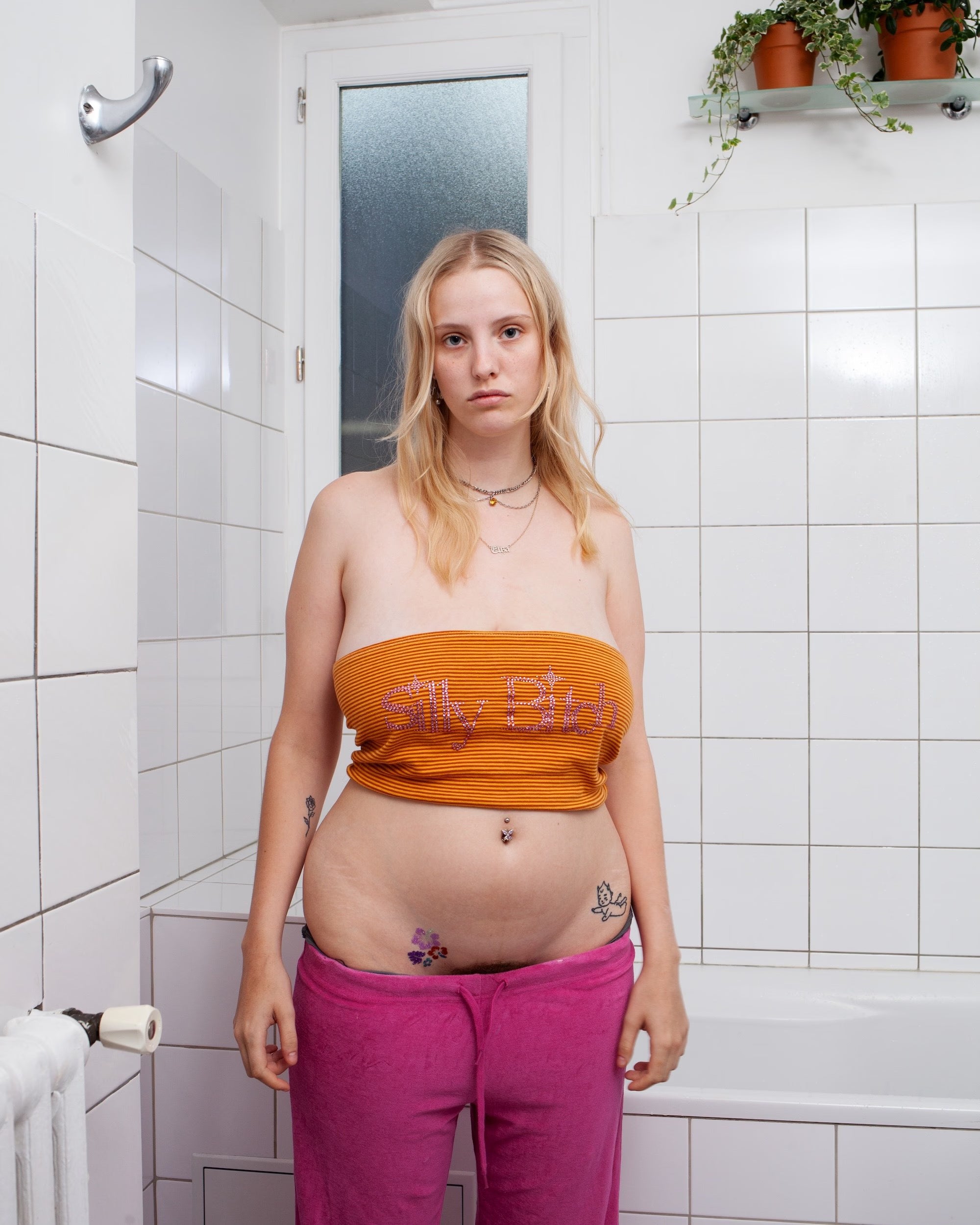
Photography by Guen Fiore





